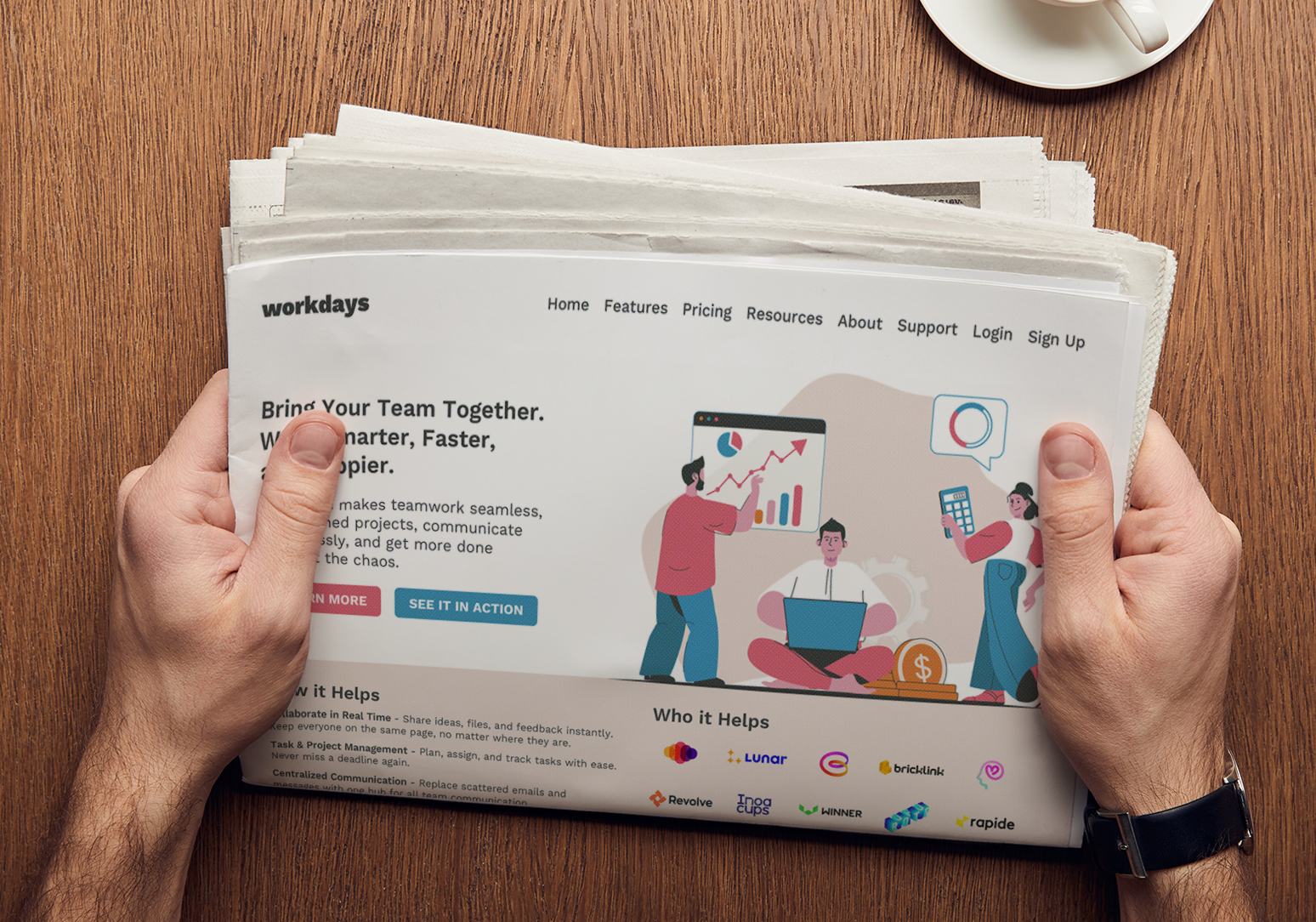Leveraging the Trend of the Try Before You Buy
The "try before you buy" model is one of the hottest trends in e-commerce, and harkens back to the days when consumers could physically handle products before making a purchase.
The Evolution of Online Shopping Behavior
The rise of online shopping is closely tied to the growing trend of mobile shopping. Over half of Americans now purchase products from their phones on a weekly basis, with 15% of those purchases originating from social media links.
The convenience of online shopping is undeniable. Consumers can conduct in-depth product research, compare prices, and have items delivered to their doorstep—all from the comfort of their homes. The power of social media advertising also plays a significant role, often prompting purchases before consumers even realize they want or need a product.
Despite these advantages, 65% of American shoppers still prefer to shop in brick-and-mortar stores. This suggests that convenience alone isn’t driving the shift to online shopping. The real appeal lies in the ability to find the best price. Only 21% of shoppers would make a purchase without checking online prices first, and just 14% would shop online without knowing retail prices.
Beyond Retail: The Broader Impact of Online Shopping
The transformation of online retail shopping has had far-reaching effects on various industries. The infrastructure supporting e-commerce, such as delivery services and manufacturing, has had to adapt rapidly. Innovations like drone deliveries and 3D printing are becoming more common as they meet the demands of online shoppers.
However, perhaps no industry has been more profoundly impacted than the digital infrastructure that supports e-commerce. Websites, e-commerce platforms, customer relationship management (CRM) tools, and other digital assets have all evolved in response to changing consumer behavior.
Just as a customer shopping for a new hat now conducts more research than ever before, businesses looking to invest in e-commerce platforms like Shopify or CRM tools like HubSpot must also navigate a more complex landscape.
The Trust Factor: Why "Try Before You Buy" Works
While online shopping offers numerous benefits—especially in terms of cost and convenience—it also presents challenges. One of the most significant hurdles for consumers is trusting the quality of a product they haven’t seen or touched. This challenge is even greater when it comes to larger investments, such as inventory management systems or CRM software.
To address this issue, many brands are embracing the "try before you buy" model. For example, Amazon allows Prime subscribers to try on clothes and accessories at home before deciding whether to purchase them. This approach gives consumers the opportunity to test products at home before committing to a purchase, building trust and confidence in their decision.
This concept of bringing the traditional retail showroom into the consumer's home is one of the fastest-growing trends in e-commerce. By allowing customers to test products before buying, businesses can alleviate concerns about product quality and increase conversion rates.
The Digital Shift: How "Try Before You Buy" Is Adapting
Digital platforms are also adopting the "try before you buy" model. In 2016, CRM giant HubSpot began offering a "HubSpot Free" version, allowing potential customers to experience some of the tool’s benefits before making a purchase. This strategy helps businesses become familiar with the interface and functionality, increasing the likelihood that they’ll invest in the paid version.
For businesses, offering a trial version of a product or service can be an effective way to build trust and reduce the perceived risk of making a purchase. It also allows companies to start building a relationship with potential customers before the point of sale.
How to Leverage "Try Before You Buy" for Your Business
As a savvy business owner, you recognize the importance of staying ahead of digital trends. E-commerce is growing at an unprecedented rate, but the apprehension surrounding online purchases remains. So, how can you leverage the growing preference for "try before you buy" to your advantage?
Consider following the lead of companies like Best Buy and HubSpot. If you offer physical products, explore options for trial or rental versions. If you provide services, consider offering a free or reduced-capability version to give potential customers a taste of what you have to offer.
Ultimately, the goal is to make the purchase decision less intimidating for your customers. Even before they buy, trials, samples, and rentals can help establish trust and build a relationship between your brand and the consumer.
To maximize the impact of these opportunities, consider the entire "try before you buy" process. Remember, many consumers will still research your brand, product, and competitors before making a final purchase decision. As many as 70% of consumers have said they try a product in a showroom or sample before doing more research and looking for the best price online. Therefore, it's essential to ensure that your online reviews, price points, and e-commerce platform are all optimized to support the final sale.
If you're considering selling a product or service online, or if you're concerned about your online sales performance, think about how you can leverage the "try before you buy" trend to overcome the challenges of the digital shopping boom.
Looking to elevate your business?
We are here to help.
Related Articles


Elevate the way you do business.
Redefine your brand with Hughes&Co’s strategy chops, collaborative thinking, and ambition for better. Your focus is growth. So is ours.





